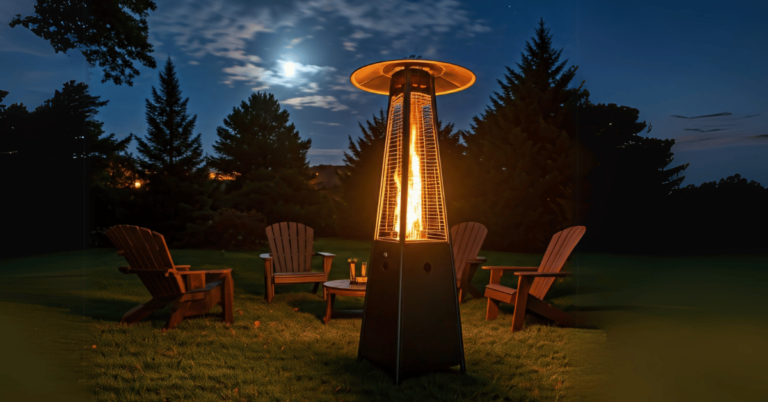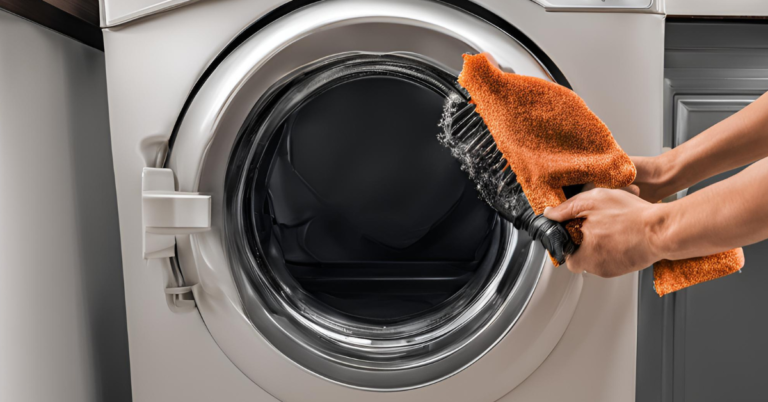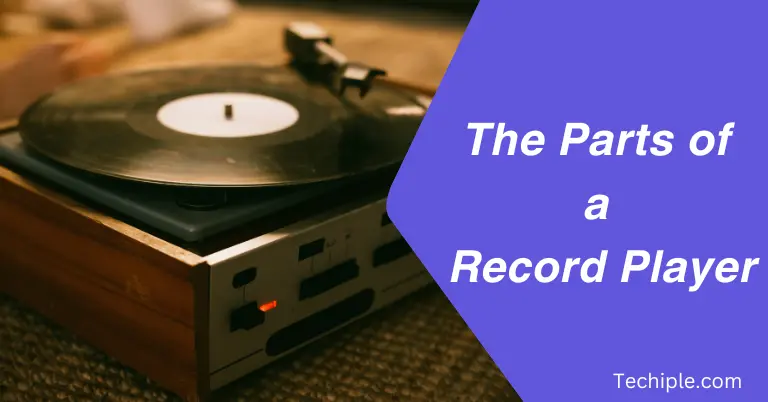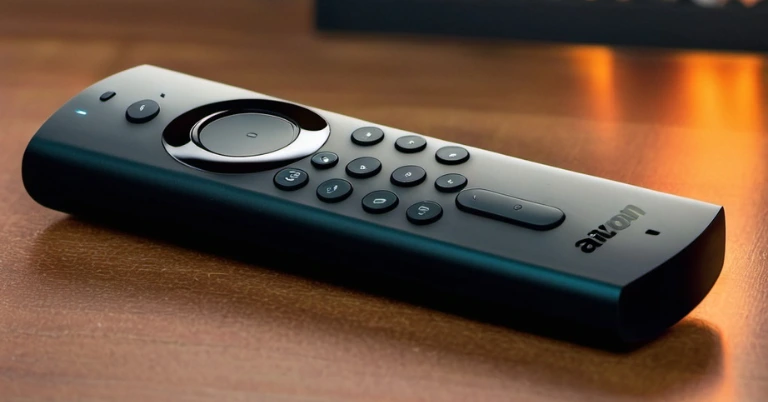How to Fix a Warped Record: 3 Easy Solutions to Restore Vinyl
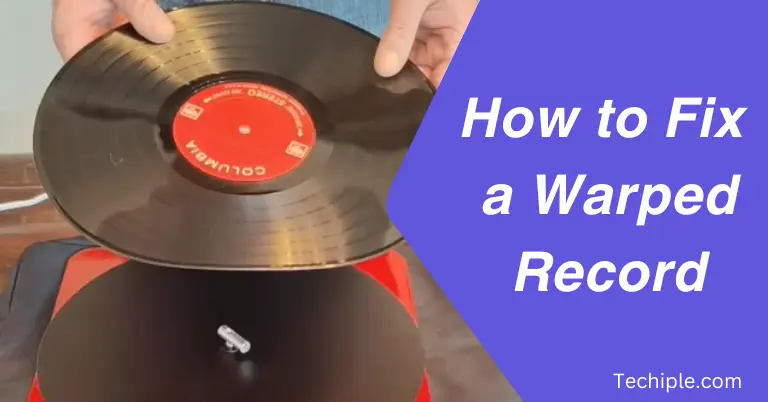
As a vinyl lover, I know how important it is to take care of your record collection. There’s nothing quite like the warm, rich sound of a good vinyl record on a turntable. But over time, records can become warped, and that can cause frustrating issues like fluttering sounds or the music speeding up and slowing down. If you’ve ever experienced this, you know how annoying it can be when you’re just trying to enjoy your favorite album.
Vinyl is a delicate material, and even a small warp along the edge can mess with the sound quality. Whether you’re a seasoned collector or just starting out, learning how to fix a warped record is essential.
In this guide, I’ll share some practical solutions and tips based on personal experience, so you can restore your records and keep them in great condition. With a little care, you can protect your investment and continue enjoying your collection like it was meant to be heard. Explore the parts of a vinyl record here.
What Causes a Warped Record?
Warped records are often caused by excessive pressure, intense heat, and improper storage. When vinyl records are exposed to direct sunlight or stored in a hot environment, the material can soften and lose its shape. This can lead to permanent warping, making them difficult to play.
Improper storage, such as stacking records for long periods with too much weight or at the wrong angle, can also damage vinyl. The pressure and misalignment can bend or twist the records, causing them to warp. Extreme heat, like in a hot car, can cause the vinyl to soften, leading to irreversible warping.
When vinyl records are exposed to temperatures as high as 140 degrees Fahrenheit, they are especially vulnerable. The heat can cause the records to warp into funky shapes, often making them more suitable as decorative items rather than for listening. Proper care is crucial to avoid this issue.
Is it OK to Play a Slightly Warped Record?
If your vinyl record has a minor warp, it’s usually okay to play it. A slight warp won’t necessarily cause skipping, but it may affect the sound quality. The turntable’s stylus might struggle to track the groove properly, leading to some distortion. You can often fix this with proper vinyl record accessories or adjusting the pressure to minimize the warp’s effect.
For major warpage, however, playing the record could lead to skipping and further damage. In these cases, it’s best to try flattening the record with weight or using a record flattening device. This can restore the groove’s shape and prevent the stylus from jumping, offering a better listening experience on your hi-fi setup.
If you’re unsure, following a guide on how to fix a warped record can be helpful. You don’t need to panic over a minor warp, but it’s essential to understand the risks of playing severely warped records. Proper maintenance of your vinyl and turntable can ensure your music continues to spin smoothly.
How to Fix a Warped Record – 3 Easy Methods
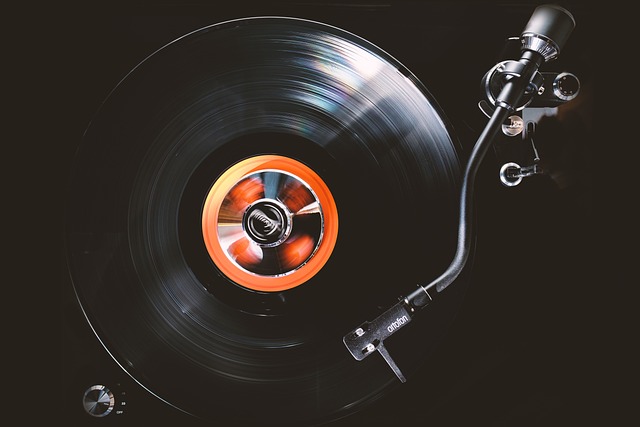
You can fix your warped record easily by applying some simple techniques. Here are a comprehensive guide on how to fix a warped record.
Use Pressure
To fix a warped record, you need to apply consistent pressure over time. Exerting pressure with heavy objects like large books can help flatten the grooves of vinyl records. This strategy involves patience, as it’s a time-consuming process, but it’s effective when done correctly.
A severely warped record requires more advanced methods to restore its flatness. Using weight that is evenly distributed across the record can help reverse warpage. Over time, with careful cleaning and the removal of any debris, the record can be restored to its original form.
Use Heat
Vinyl enthusiasts can use heat to soften and shape warped records. By applying gentle pressure and heat, it’s possible to flatten a warped record, improving its sound quality. Follow these simple steps:
This heat method can be an effective vinyl flattening technique, but it requires care and attention to prevent any permanent issues like groove distortion. Always test in small increments to ensure the best results!
Use a Record-Flattening Machine
A record-flattening machine is a great way to fix warped records and bring them back to life. Machines like the Furutech DF-2 use controlled heat and pressure to carefully make records flat again. Although these machines can cost as much as $3,000, they are worth it for music lovers who want perfect results.
For those looking for a more affordable option, devices like the Vinyl Flat Record Flattener are available for around $160. This device uses a “vinyl sandwich” method, combined with heat from a stove, to smooth out warps. While it requires some patience, it is a much cheaper way to get good results.
If buying a machine isn’t an option, you can try DIY methods or visit your local record store for friendly advice. Store staff can recommend ideas or let you know when it might be better to simply replace the warped record with a new one.
Fixing warped records can sometimes be a gamble, as not all methods work perfectly. But with the right tools, tips, and a little effort, you can often restore your vinyl and enjoy listening to your favorite music again.
Conclusion
In conclusion, warped records can be easily restored with the right techniques. Whether using pressure, heat, or specialized machines, you can often bring your vinyl back to its original condition. The best way to prevent warping is by storing your records properly—standing upright and in a climate-controlled space.
With these simple steps, you can keep your vinyl collection in great shape and continue enjoying. Also, learn about the parts of a vinyl record. When you better understand each part, you can take better care of your records.

